By Liana Jacob
STRIKING photographs celebrating some of Norfolk’s most scenic landscapes have been unveiled in a new picture book as the famous Norwich Festival gets into full swing this week.
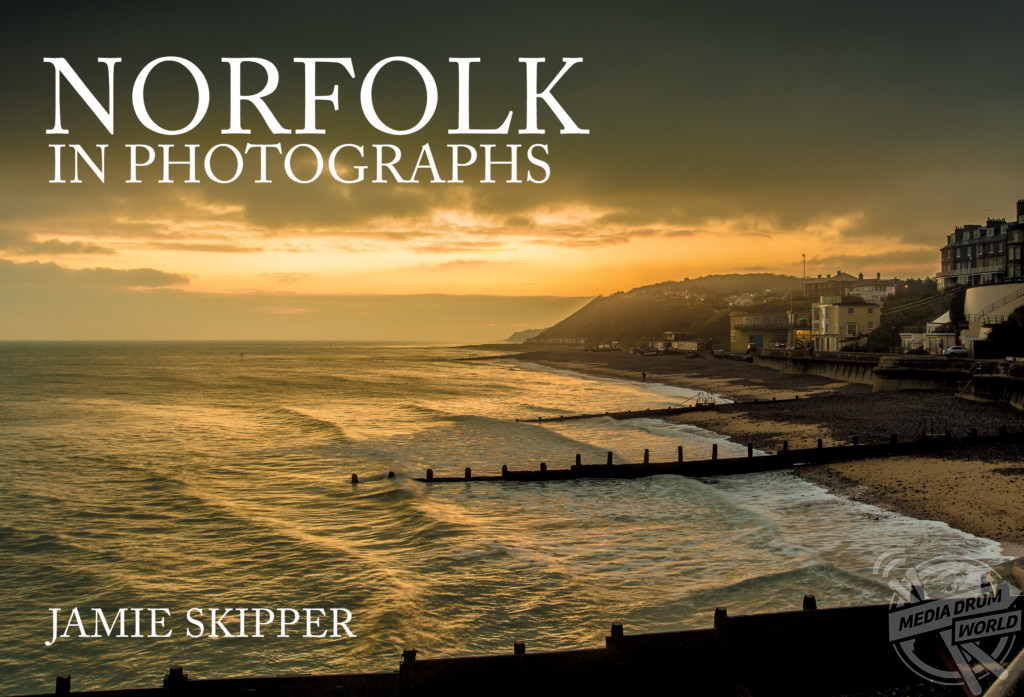
Idyllic landscapes from the book are reveal the beauty of the county with pictures of the multicoloured row of buildings at Quayside, Norwich, UK, during the peak of summer and the Medieval Bishops Bridge.
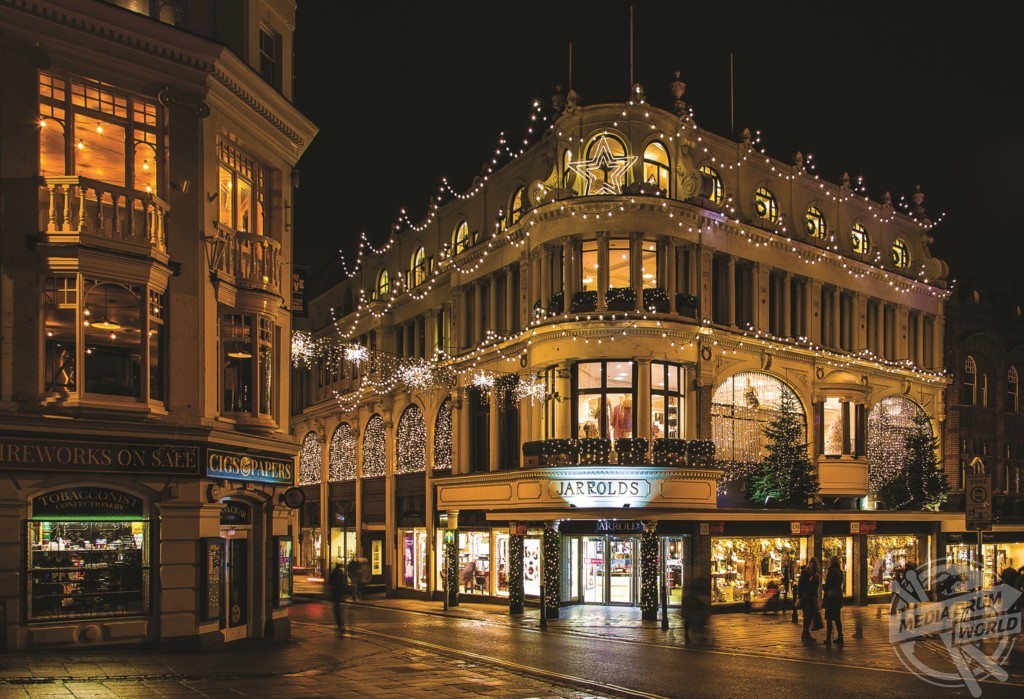
While other photos show a dramatic panoramic view of Binham Priory and the bridge over the River Tiffey. Multicoloured lights shine in all their glory in pictures of sugar beet reflections in Cantley and the majestic Jarrolds’ Festive Lights.
The Norwich Festival kicked off on May 11 and ends on May 27 and was founded since 1824 and even tracing its roots as far back as 1772.
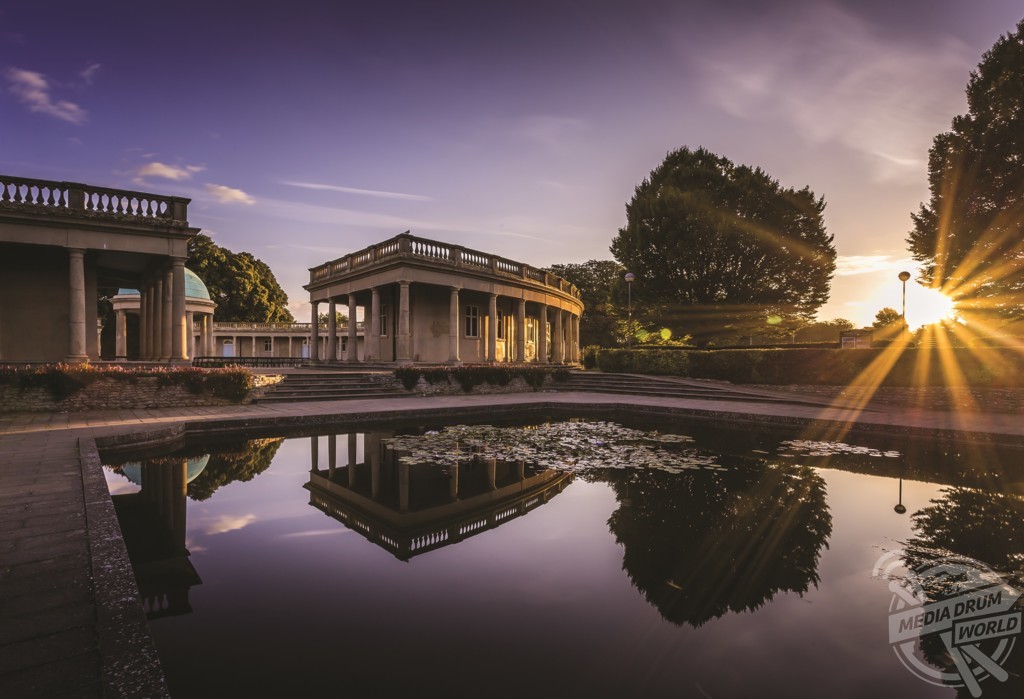
The initial purpose of the festival was to raise money for the Norfolk & Norwich Hospital. For the majority of its history, it was a classical musical festival which included performances by many famous artistes, composers and conductors.
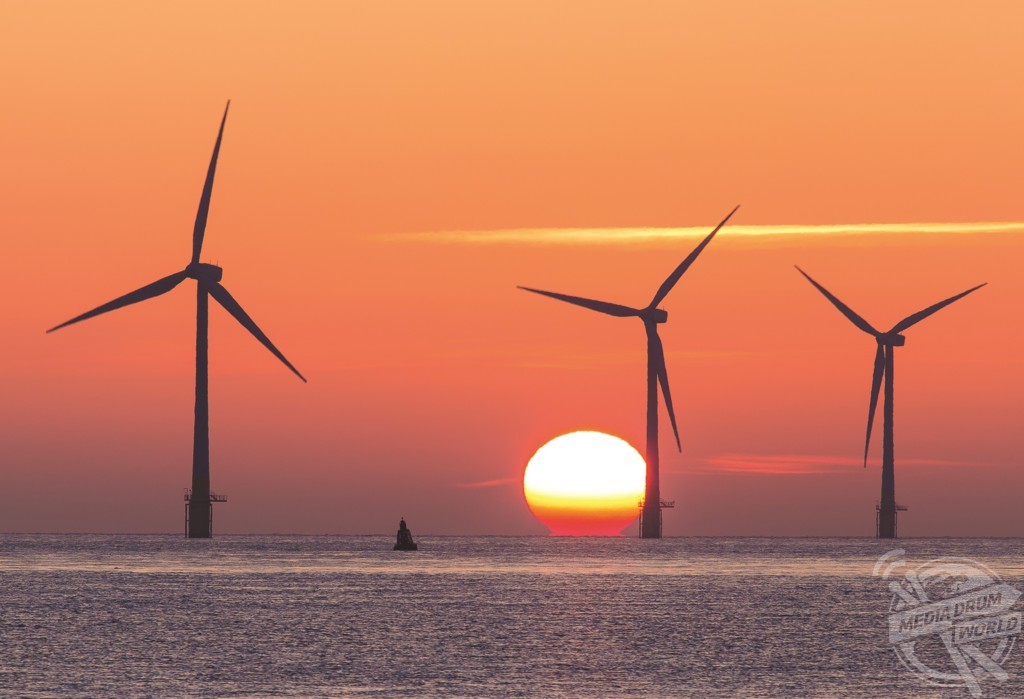
Recently, the event has moved away from this and has assorted to include a variety of circus, contemporary music, dance, visual arts and children’s events.
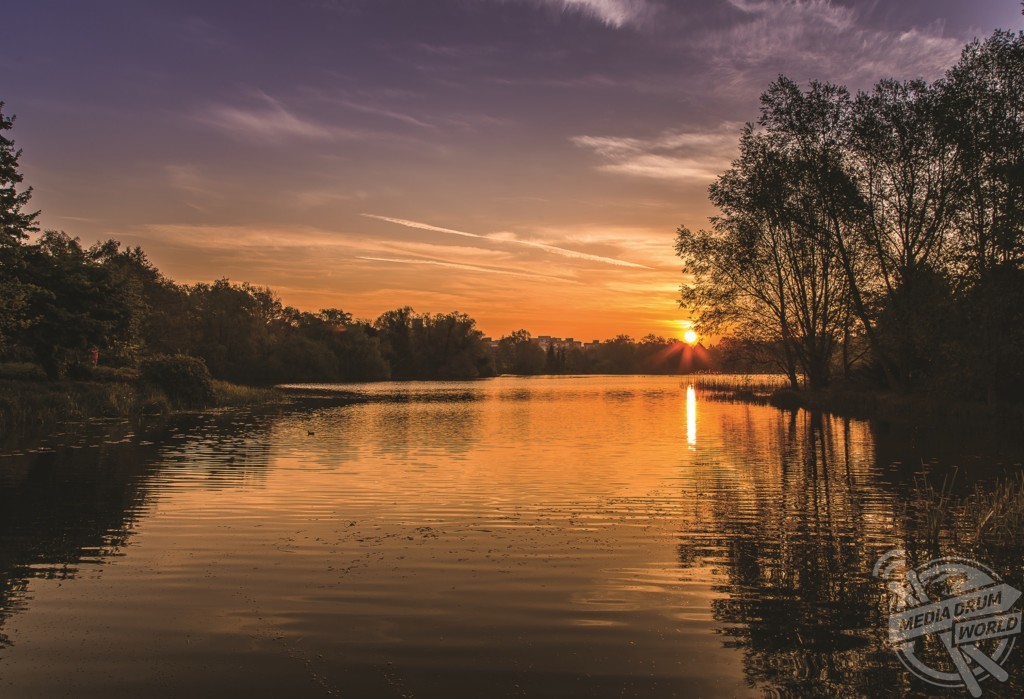
From 2004 to 2010 the audience turnover more than quadrupled and the festival took over delivery of Creative Partnerships in Norfolk, part of the UK creativity in schools programme.
The stunning shots make up a book called Norfolk In Photographs by photographer, Jamie Skipper and is published by Amberley Publishing.
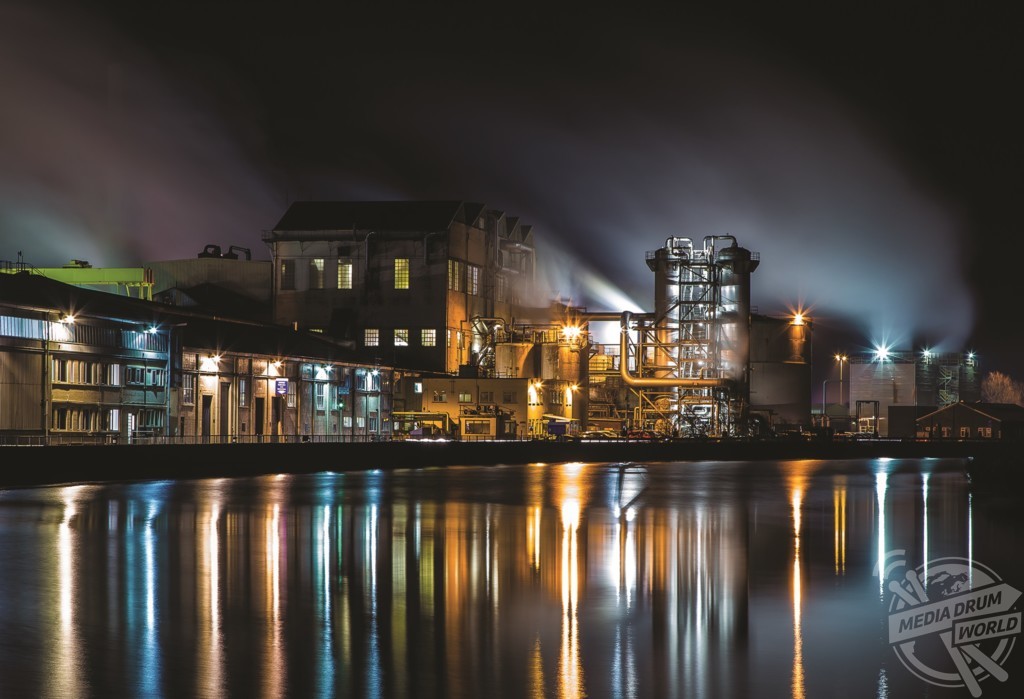
“This book, I hope, shows some of the highlights of this wonderful county, a place you can explore with or without a camera and enjoy all it has to offer,” he said.
“Whether it’s a cool misty morning on the Broads or a beautiful vast sunset in Norfolk’s big skies, I guarantee it’ll leave an impression on you for all time.”
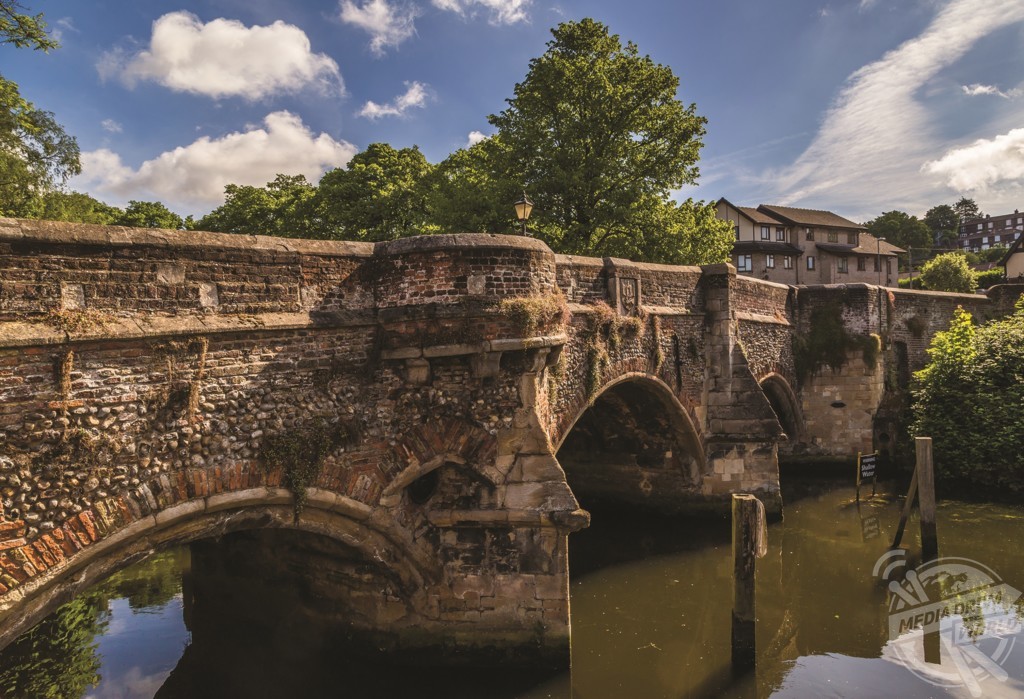
Norfolk was established in the pre-Roman era, with camps along the higher land in the west. A Brythonic tribe, the Iceni, who were a Brittonic tribe of eastern Britain during the Iron Age and early Roman era, inhabited the county from the first century BC to the end of the first century AD.
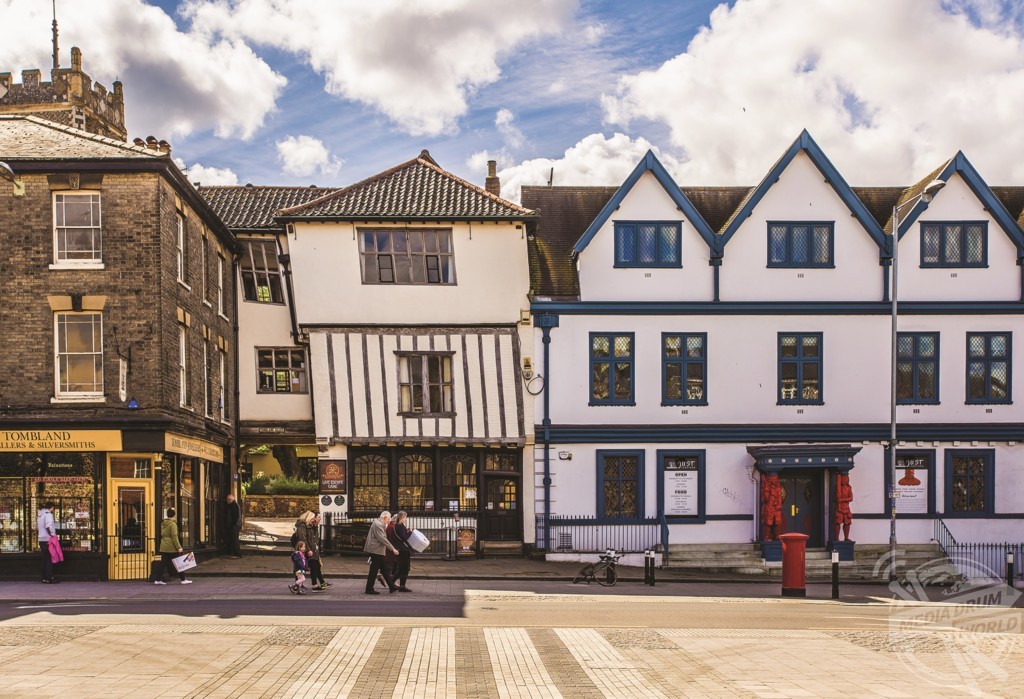
The Iceni revolted again the Roman Invasion in AD 47, and again in 60 led by Boudica, a queen of the British Celtic Iceni.
The result of the second rebellion opened the county to the Romans and during that era roads and ports were constructed throughout the county and farming across the board. In the 20th century the county developed a role in aviation.
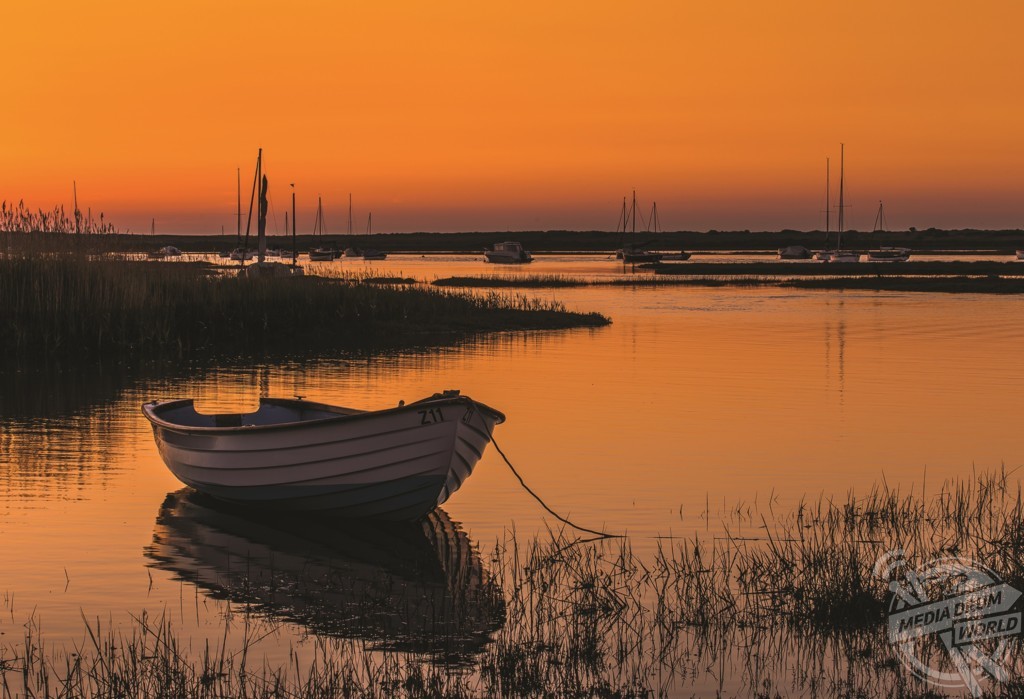
The first development in airfields came with the First World War, following this there was a huge expansion during WW2 with the growth of the Royal Air Force and the rise of the American USAAF 8th Air Force which operated from many Norfolk airfields.
The author of The Hound of the Baskervilles, Arthur Conan Doyle, was first inspired with the idea of the book whilst he was on holiday in Cromer after hearing local mythical tales about the mysterious hound known as Black Shuck.
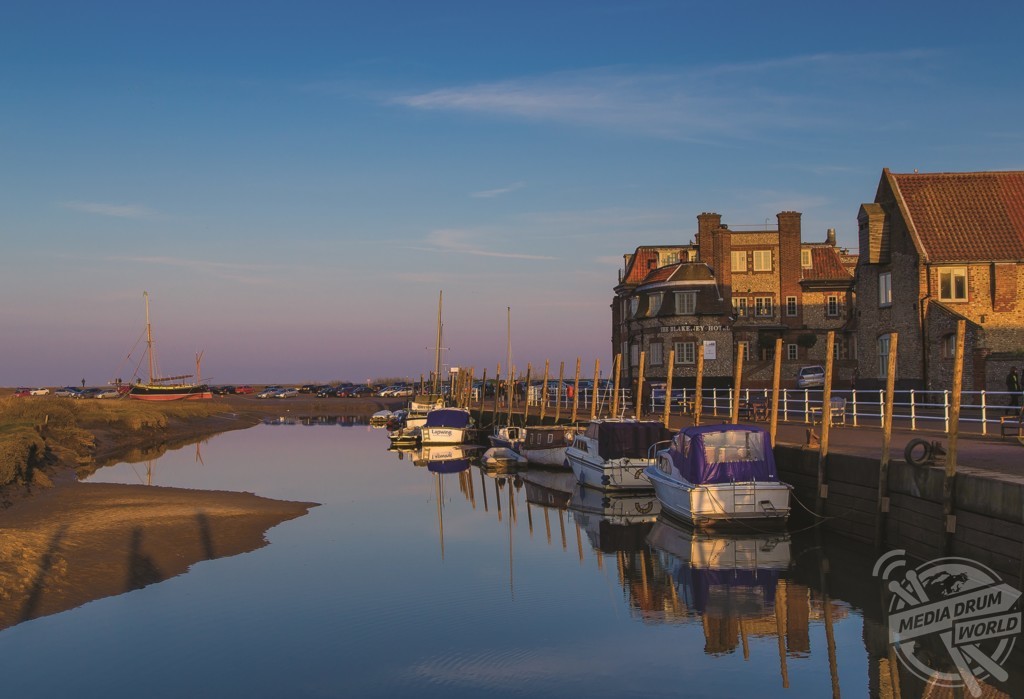
Norfolk is a popular tourist location; there are many seaside resorts such as those at Great Yarmouth, Cromer and Holkham.
Sandringham House, a country house near Sandringham, is the private home of Queen Elizabeth II. It stands within a 20,000 acres estate in the Norfolk Coast Area of Outstanding Natural Beauty.
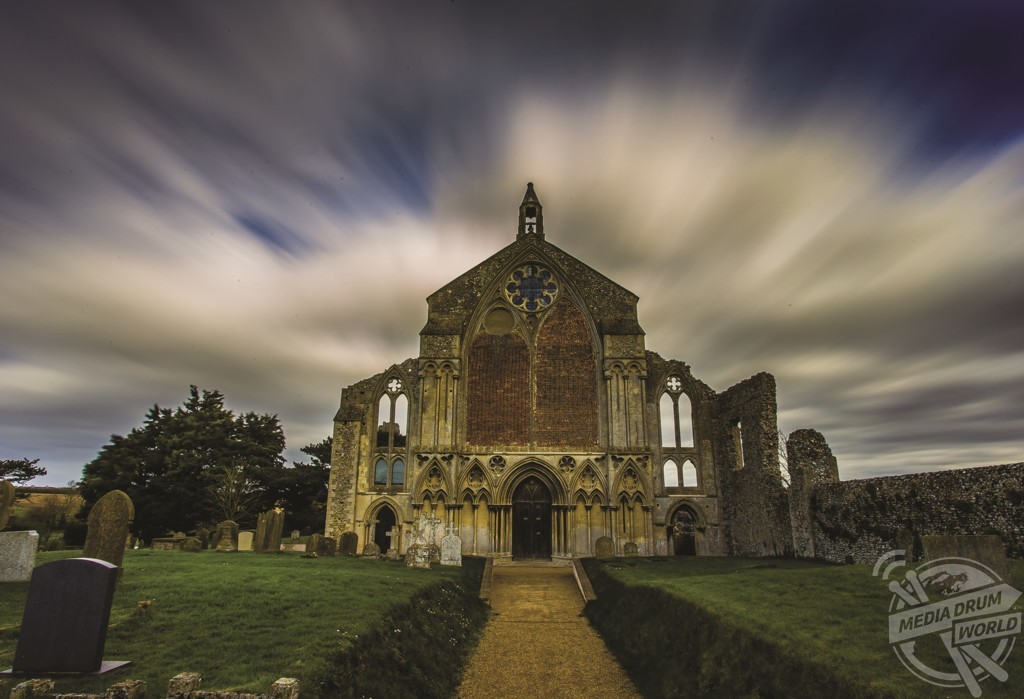
In 1957, the Queen gave her first televised Christmas message from the house.
“Wherever you go in Norfolk the landscape changes; there are no mountains, no vast lakes or large metropolitan areas like other parts of the UK,” Jamie said.
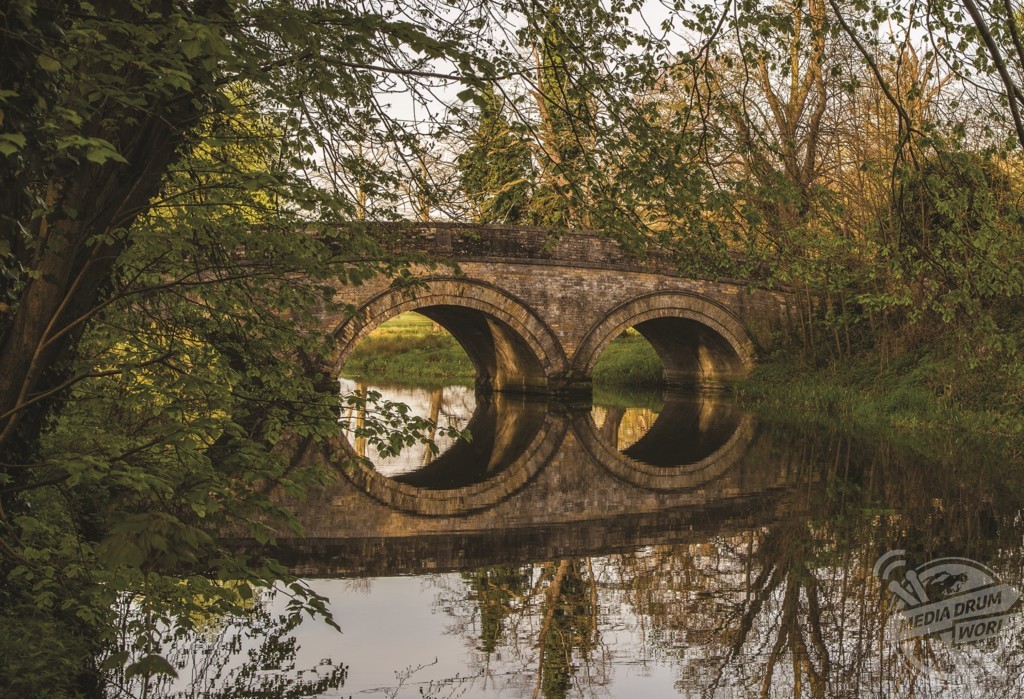
“But the diverse and quite unique rural landscape of Norfolk ranges from the modest hills of North Norfolk and the vast flat wetlands of the Broads National Park in the east to the large forested area in the south-west.”
“The fabulous Norfolk coast is famous for its unspoilt stretches of vast clean beaches and lovely resorts like Yarmouth, Cromer and Hunstanton and numerous nature reserves at Cley, Titchwell and Snettisham, as well as wildlife havens at Winterton and Blakeney to name but a few.
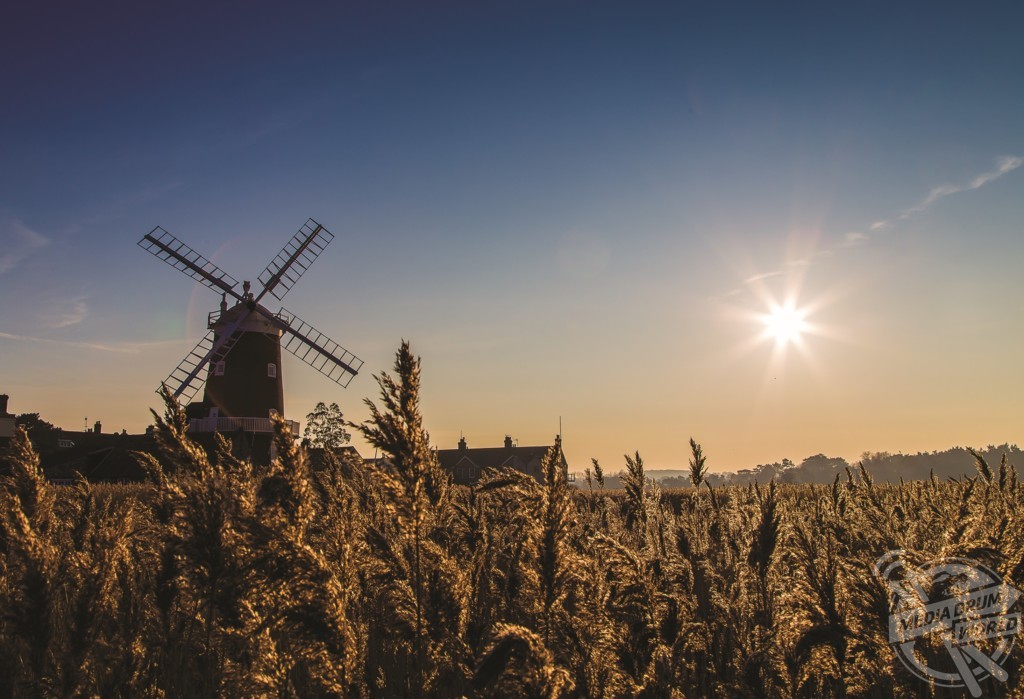
“However, what Norfolk is probably most famous for is the one-of-a-kind Norfolk Broads National Park, a man-made environment of stunning and peaceful beauty, rivers, waterways, reed beds and broads bursting with wildlife.”
Norfolk in Photographs will be published on May 15, 2018, and is available here:







